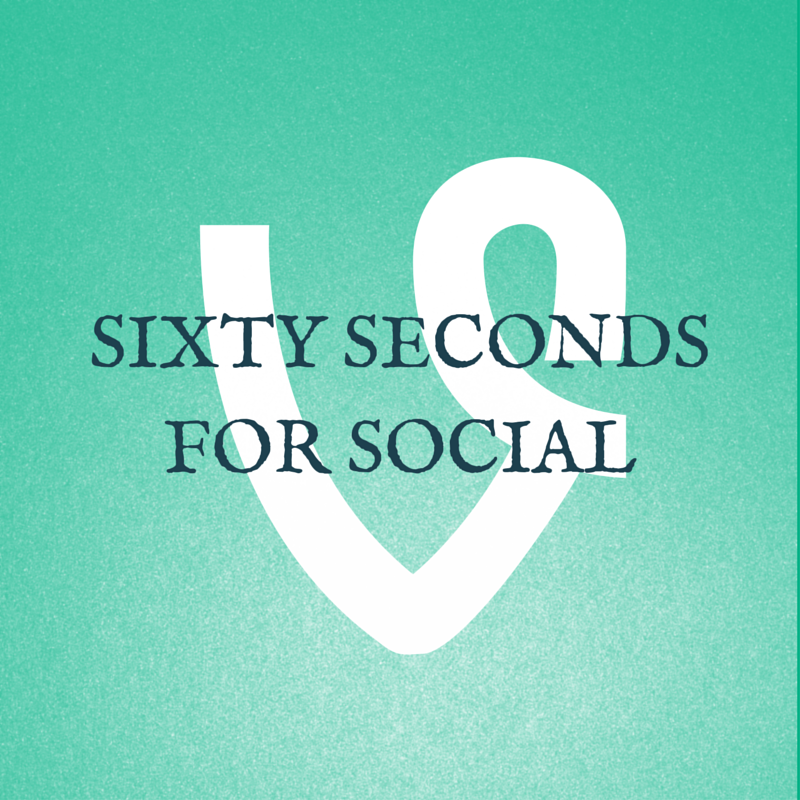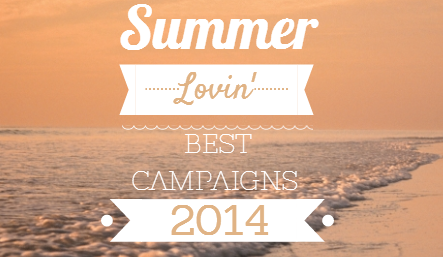TOP TALK
What I Learned on My Summer Vacation: How to Present with Power & Presence

Posted By Sue Parente on September 10, 2014
In August, I was invited by the incredibly kind and talented people at the TAI Group in New York to attend their two-day workshop on Presenting with Power & Presence.
Having collaborated with TAI on client engagements, I was familiar with their unique brand of presentation training, largely influenced and informed by the principles of the performing arts. But I hadn't yet experienced it first-hand as a presenter myself. So, I thought, why not turn the tables on myself and "walk a mile" in my client's shoes as the one taking the coaching?
Well, not unlike my summer camp experiences as a kid in the woods of Minnesota, it was at times challenging and uncomfortable, but in the end, entirely satisfying and transforming. Working with two incredible TAI instructors, Ginny and Brewster, along with nine other business execs (my campmates of sorts) who gave so generously of themselves so that we could all improve, I learned a lot of lessons over the course of two days. These are the lessons that surprised me most.
Content Character is King
In a presentation, character doesn't just trump content, it tramples all over it. I know as marketers, words matter to us; it feels almost blasphemous to say the content of your message isn't the most important thing. But it was amazing to see the transformation in my co-trainees (and by all accounts, the transformation they saw in me), when we stopped focusing so hard on the content of our presentations and concentrated instead on communicating with personal conviction.
It was clear, no matter what the message, if your audience doesn't believe in you and trust in what you're saying, no amount of brilliant copy or snazzy slides will convince them. According to TAI experience has shown that there is an equation for presentation success (i.e. the ability to influence or move an audience) that breaks down roughly like this:
- Quality of Content 7%
- Quality of Craft 33%
- Quality of Character 60%
That's right – content actually matters the least in terms of connecting with your audience when compared with how you organize and craft the information, as well as the likeability and credibility of the person delivering the message.
The Power of One
I'm sure all of us have been taught the importance of making eye contact with your audience to hold their attention. But there is a big difference between looking at your audience and really seeing them. To do the latter, you have to stop, look at one individual, stay on that individual, deliver your message to them, let them receive your message and then go on to the next. It's what TAI calls "one thought–one person." This is harder to do than it sounds, but once you get the rhythm of it, you can feel the connection and energy with your audience grow as a result of making just a handful of one-to-one, individual connections.
The "one thought-one person" technique has the added advantage of forcing you to slow down and pause. In my case, this helped me drop my horrible habit of inserting "uhhs" between my thoughts. When I was seeing and talking to one person, I didn't need that verbal crutch.
Your Audience Actually Wants a Call to Action, So Don't Leave Them Hanging
It's not enough to just be interesting and likable to truly present with power and presence. You have to make it clear to your audience what your expectations are and what you want them to do.
Perhaps you are speaking to your board and want them to approve a new strategic initiative. Well, you have to ask them for that approval and make sure they fully appreciate why you believe it's important. Are you seeking funding? Then you have to make the ask and convince them how their investment with have an impact. If you are presenting to an industry group on the merits of a new disruptive technology, then you have to get that group to leave the room asking about how that technology can make a difference in their business. Your audience should fully understand, based on your presentation, what their responsibility is.
One of the things I loved most about the working session was that we spent a lot of time removing the barriers between presenter and audience. PowerPoint slides weren't allowed, written scripts and notes were discarded, and distracting movements were eliminated. It came down to this: one person saying something of importance to another person. That simple and direct approach is what delivered the power and presence. Skeptical? I encourage you to spend some time with the pros at TAI – they're mighty convincing presenters.



